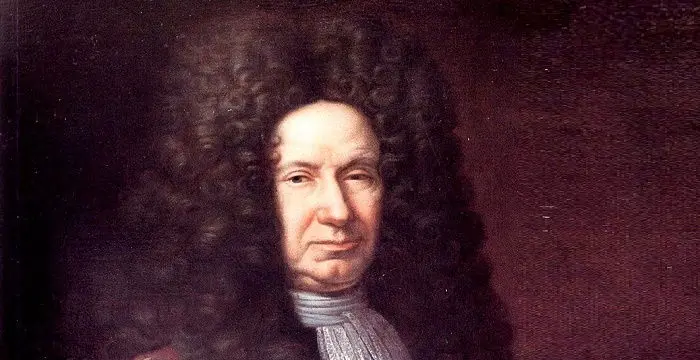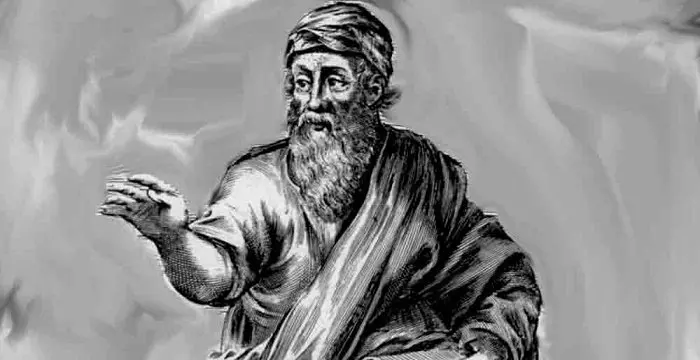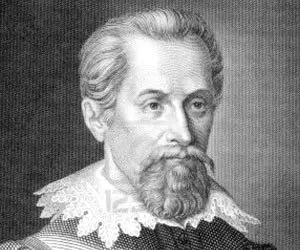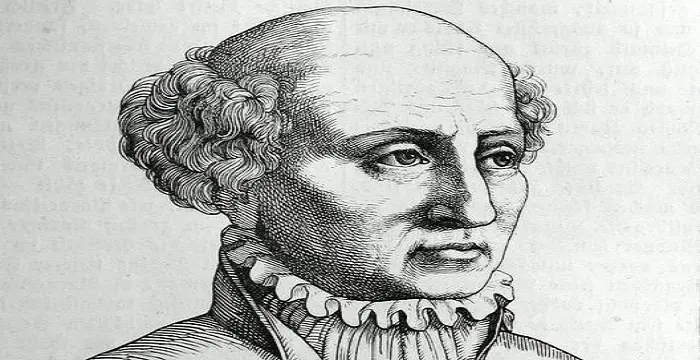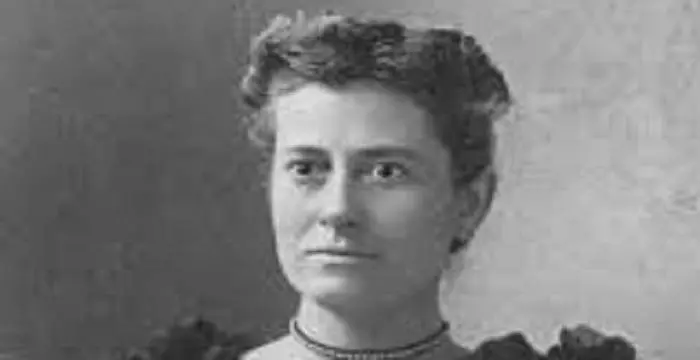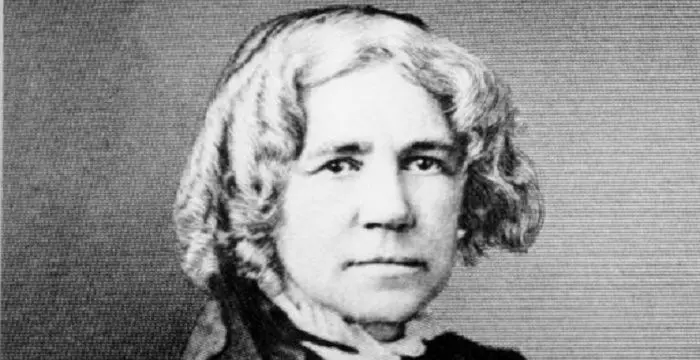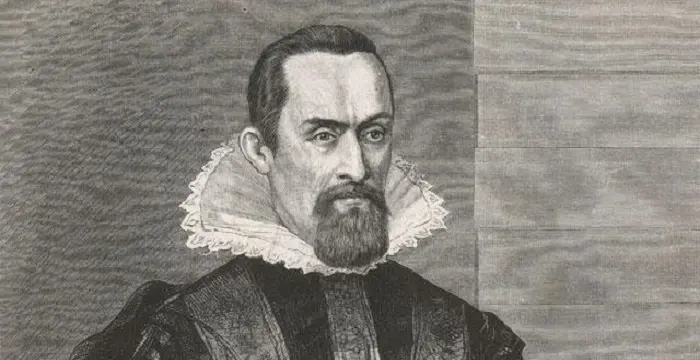
Johannes Kepler - Mathematicians, Facts and Family
Johannes Kepler's Personal Details
Johannes Kepler was a famous German astronomer, mathematician and astrologer
| Information | Detail |
|---|---|
| Birthday | December 27, 1571 |
| Died on | November 15, 1630 |
| Nationality | German |
| Famous | Scientists, Mathematicians, Astronomers, Astrologer, Mathematicians |
| Spouses | Barbara, Susanna Reuttinge |
| Siblings | Matthias |
| Childrens | Cordula Kepler, Fridmar Kepler, Friedrich Kepler, Heinrich Kepler, Hildebert Kepler, Katharina Kepler, Ludwig Kepler, Margareta Regina Kepler, Sebald Kepler, Susanna Kepler |
| Universities |
|
| Discoveries / Inventions |
|
| Birth Place | Weil der Stadt |
| Religion | Lutheran |
| Gender | Male |
| Father | Heinrich Kepler |
| Mother | Katharina Guldenmann |
| Sun Sign | Capricorn |
| Born in | Weil der Stadt |
| Famous as | Astronomer, Mathematician & Astrologer |
| Died at Age | 58 |
// Famous Mathematicians
Brahmagupta
Brahmagupta was a highly accomplished ancient Indian astronomer and mathematician. This biography of Brahmagupta provides detailed information about his childhood, life, achievements, works & timeline.
Giovanni Domenico Cassini
Giovanni Cassini was a 17th century Italian mathematician, astronomer and astrologer. This biography of Giovanni Cassini provides detailed information about his childhood, life, achievements, works & timeline.
Pythagoras
Pythagoras of Samos was a Greek mathematician and philosopher. Read on to learn more about Pythagoras’s profile, childhood, life and timeline.
Johannes Kepler's photo
Who is Johannes Kepler?
Johannes Kepler was a famous German mathematician and astronomer who discovered the ovoid movements of the planets around the sun. The first astronomer to state the fundamental laws of planetary motion, Kepler was also known for his works in geometry, optics and philosophy. His significant achievements have been the discovery of the Kepler’s Star, the ‘Astronomia Nova’ and also the 'Kepler Conjecture'. For being one of the prominent figures in astronomy, a lot of astral elements were named after him such as ‘Kepler’s crater on Mars’, ‘The Kepler Moon crater’ etc. Apart from astronomy, Kepler concentrated on mathematics and the evolution of geometry. He came up with ‘Kepler Triangle’ and the ‘Kepler Problem’, both of which, published in three parts, studied various aspects of geometric progression, characterized by the ‘Pythagorean Theorem’ and the ‘Golden Ratio’. As a part time amusement, he even studied astrology and published a few works on the subject such as ‘De Fundamentis Astrologiae’ and ‘Dissertatio cum Nuncio Siderio’. He worked for Tycho Brahe, a Danish nobleman and even served as an advisor to Emperor Rudolph II during his lifetime. Scroll down to learn more about this interesting personality.
// Famous Astrologer
Paracelsus
Paracelsus was a Swiss German physician, philosopher, botanist and astrologer, known as the founder of toxicology. Check out this biography to know about his childhood, family life, achievements and other facts about his life.
Biography detail
Childhood & Early Life
Johannes Kepler was born on December 27, 1571 to Heinrich Kepler and Katharina Guldenmann in the Stuttgart region of Germany. His family was believed to be very wealthy but by the time Kepler was born, the wealth in the family had declined drastically. Kepler’s father, Heinrich Kepler earned his living as a mercenary and left the family when Johannes was just 5 years old. His mother, Katharina Guldenmann was an herbalist and a healer, who later even attempted witchcraft for a living. Legend has it that Kepler was a sickly looking boy who was mentally and physically weak as a child.
However, in his early years, he developed an interest for mathematics and often impressed people with his mathematical aptitude. Kepler was also introduced to astronomy from a very young age and his love for the subject stayed with him for the rest of his life. On a few occasions, he observed various comets and eclipses with his family, but his poor vision and his crippled hands due to small-pox, left him at a disadvantage when it came to observational aspects of astronomy.
Education
In 1589, after finishing grammar and Latin school, Kepler attended the Tubingen Stift at the University of Tubingen. It was here he proved himself to be an intelligent mathematician and earned the reputation of a skillful astrologer. He also studied philosophy and theology under two renowned personalities — Vitus Muller and Jacob Heerbrand. At the University of Tubingen, Kepler learned the Copernican and the Ptolemaic system of planetary motion. He believed in the Copernican system and maintained that the Sun was the chief source of motive power in the universe. Towards the end of his education, Kepler was keen on becoming a minister but gave up his plans as soon as he was offered the job of a professor of mathematics and astronomy at the Protestant school in Graz. Kepler accepted the position in 1594, at the age of 23.
Career
During his teaching career at the Protestant school of Graz, Kepler stated that he had an ‘epiphany’ about the cosmic plan of the structure of the universe. In the defense of his Copernican views, Kepler demonstrated the periodic conjunction of the planets, Saturn and Jupiter in the zodiac. He also addressed the polygonal ratios between the planets, stating that he was sure of the geometry of the universe.
Most of Kepler’s theories based on the Copernican system stemmed from his beliefs about the connection between the scientific and theological views of the universe. Thus, he came up with his first and probably one of the most controversial astronomical works called ‘Mysterium Cosmographicum’ in 1596. This built Kepler’s reputation as a highly skilled astronomer. Kepler made slight modifications to his publications later and even used this works as a basis for his future projects. He released a second version of ‘Mysterium’ in 1621, improving and correcting the details from the first edition.
Following the publication of ‘Mysterium’, Kepler became ambitious and decided to expand the range of his work. He planned four additional publications —the stationary aspects of the universe, the effect of the heavens on the earth, planetary motions and the physical nature of the astral objects. He even sent his proposals and works to many astronomers, whom he followed and idolized, to seek their approval. In one such pursuit, he befriended Tycho Brahe, with whom he discussed a wide range of astronomical and celestial phenomena.
Meanwhile, the growing religious tension at the Protestant school of Graz posed a threat on Kepler’s employment and he left the institution to join Tycho in his astronomical studies. On January 1, 1600, Kepler left the Graz school to work with Tycho. Till the time the duo worked together, they produced and published some brilliant works such as ‘Astronomiae Pars Optica’, ‘Rudolphine Tables’ and the ‘Prutenic Tables’. The Rudolphine and Prutenic Tables were presented to Emperor Rudolph II. However, Tycho died unexpectedly in 1601 and Kepler was appointed as the imperial mathematician and was entrusted with the responsibility of finishing the work that Tycho had proposed. Kepler even served as the prime astrological advisor to the emperor. He also aided the emperor in times of political trouble, and continued his study in astronomy. In 1610, Kepler started working with Galileo Galilei and even published his own telescopic observations on the satellites, orbiting various planets. In 1611, Kepler designed his very own telescope for astronomical observations and gave it the name ‘Keplerian telescope’.
Supernova Observation
In 1604, Kepler observed a bright new evening star and could not believe his eyes when he saw a nebula. Such a supernova could only be sighted in a gap of 800 years. It was said that it was sighted once during the rise of the Charlemagne and once during the birth of the Christ. After this unique sighting, Kepler addressed the star’s astronomical properties and even began studying celestial spheres. His ideas on the parallax and astronomy brought him to the forefront and helped him build his image even further.
Personal Life
Kepler faced great emotional cataclysms in his lifetime. He married Barbara Muller, who was widowed twice and had a young daughter, Gemma. Kepler married Muller on April 27, 1597. In the first year of his marriage, Kepler had two daughters, both of whom died in infancy. The couple also had three more children in the following years. However, Barbara’s health deteriorated and she passed away in 1612.
On October 30, 1613, Kepler remarried. This time, he married 24 year old Susanna Reuttinger, after considering 11 matches before her. The first three children born from this marriage, died in infancy. It is said, the second marriage was a happier one than the first. In between all this emotional upheavals, Kepler’s mother was accused of practicing witchcraft and was imprisoned for fourteen months. Throughout her trial, Kepler was said to be by her side.
Death & Legacy
Kepler died before observing the transits of Mercury and Venus which he was waiting eagerly for. He died on November 15, 1630 in Regensburg, Germany after a brief period of illness. For many years, Kepler’s laws were viewed with skepticism. However, in the following years, several astronomers tested Kepler’s theories and slowly began to agree with his findings. The ‘Epitome of Copernican Astronomy’ was read by many astronomers and for many years, this publication was the main medium through which Kepler’s ideas spread.
Many famous scientists such as Newton developed their ideas on the basis of Kepler’s works. Kepler was also known for his philosophical and mathematical works. Many music compositions and opera pieces for Kepler such as ‘Die Harmonie der Welt’ were written by famous composers. In 2009, to honor Kepler’s contributions in the field of astronomy NASA announced the ‘Kepler Mission’.
Major Works
- Astronomia Nova
- Astronomiae Pars Optica
- Mysterium Cosmographicum
- Somnium
- A New Year’s Gift of Hexagonal Snow
- Kepler Conjecture
- Law of Continuity
- Kepler’s Laws of Planetary Motions
- Epitome of Copernican Astronomy
- Harmonices Mundi
- Rudolphine Tables
// Famous Mathematicians
Grigori Perelman
Grigori Perelman is a Russian mathematician who is best known for his contributions to Riemannian geometry and geometric topology. Check out this biography to know about his childhood, family life, achievements and fun facts about him.
Terence Tao
Terence Tao is an Australian- American mathematician who has contributed enormously to the field of mathematics. Check out this biography to know about his childhood, family life and achievements.
Isaac Newton
Isaac Newton was an English scientist and mathematician, who discovered gravitation and Newtonian Mechanics. Read this biography to find more on his life.
// Famous Astronomers
Jabir Ibn Hayyan
Jabir Ibn Hayyan was a medieval era polymath. Check out this biography to know about his life, works and achievements.
Isaac Newton
Isaac Newton was an English scientist and mathematician, who discovered gravitation and Newtonian Mechanics. Read this biography to find more on his life.
Henrietta Swan Leavitt
Henrietta Swan Leavitt was an American astronomer. Check out this biography to know about her childhood, family, personal life, discoveries, achievements, etc.
Brahmagupta
Brahmagupta was a highly accomplished ancient Indian astronomer and mathematician. This biography of Brahmagupta provides detailed information about his childhood, life, achievements, works & timeline.
Giovanni Domenico Cassini
Giovanni Cassini was a 17th century Italian mathematician, astronomer and astrologer. This biography of Giovanni Cassini provides detailed information about his childhood, life, achievements, works & timeline.
Maria Mitchell
Maria Mitchell was the first professional female astronomer in the United States. This biography of Maria Mitchell provides detailed information about her childhood, life, achievements, works & timeline
Johannes Kepler's FAQ
What is Johannes Kepler birthday?
Johannes Kepler was born at 1571-12-27
When was Johannes Kepler died?
Johannes Kepler was died at 1630-11-15
Where was Johannes Kepler died?
Johannes Kepler was died in Regensburg
Which age was Johannes Kepler died?
Johannes Kepler was died at age 58
Where is Johannes Kepler's birth place?
Johannes Kepler was born in Weil der Stadt
What is Johannes Kepler nationalities?
Johannes Kepler's nationalities is German
Who is Johannes Kepler spouses?
Johannes Kepler's spouses is Barbara, Susanna Reuttinge
Who is Johannes Kepler siblings?
Johannes Kepler's siblings is Matthias
Who is Johannes Kepler childrens?
Johannes Kepler's childrens is Cordula Kepler, Fridmar Kepler, Friedrich Kepler, Heinrich Kepler, Hildebert Kepler, Katharina Kepler, Ludwig Kepler, Margareta Regina Kepler, Sebald Kepler, Susanna Kepler
What was Johannes Kepler universities?
Johannes Kepler studied at Tübinger Stift
What is Johannes Kepler's inventions/discoveries?
Refracting Telescope was invented (or discovered) by Johannes Kepler
What is Johannes Kepler's religion?
Johannes Kepler's religion is Lutheran
Who is Johannes Kepler's father?
Johannes Kepler's father is Heinrich Kepler
Who is Johannes Kepler's mother?
Johannes Kepler's mother is Katharina Guldenmann
What is Johannes Kepler's sun sign?
Johannes Kepler is Capricorn
How famous is Johannes Kepler?
Johannes Kepler is famouse as Astronomer, Mathematician & Astrologer

